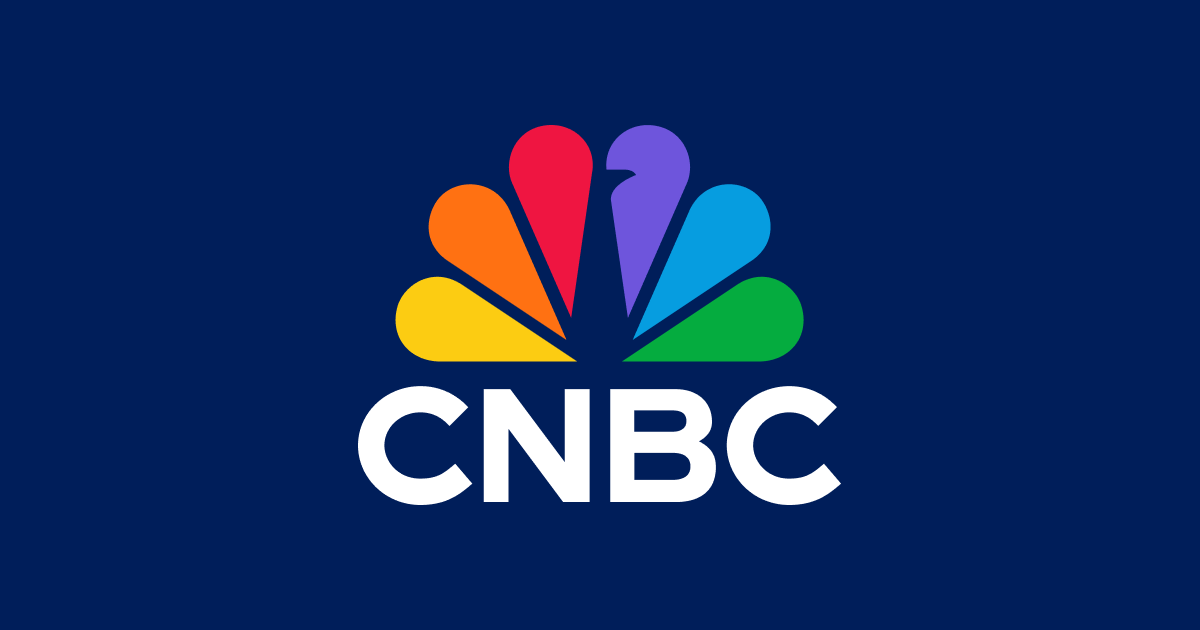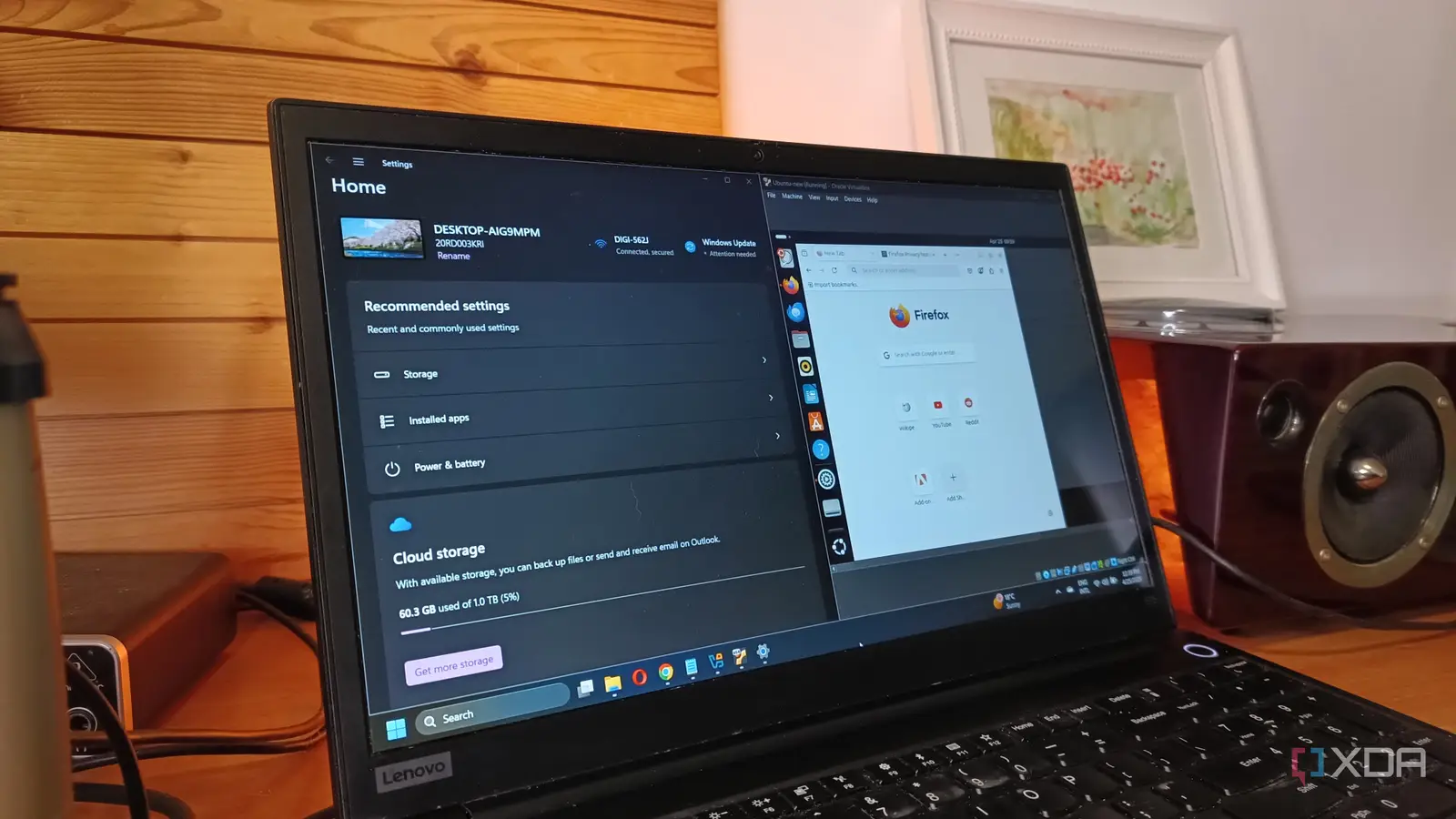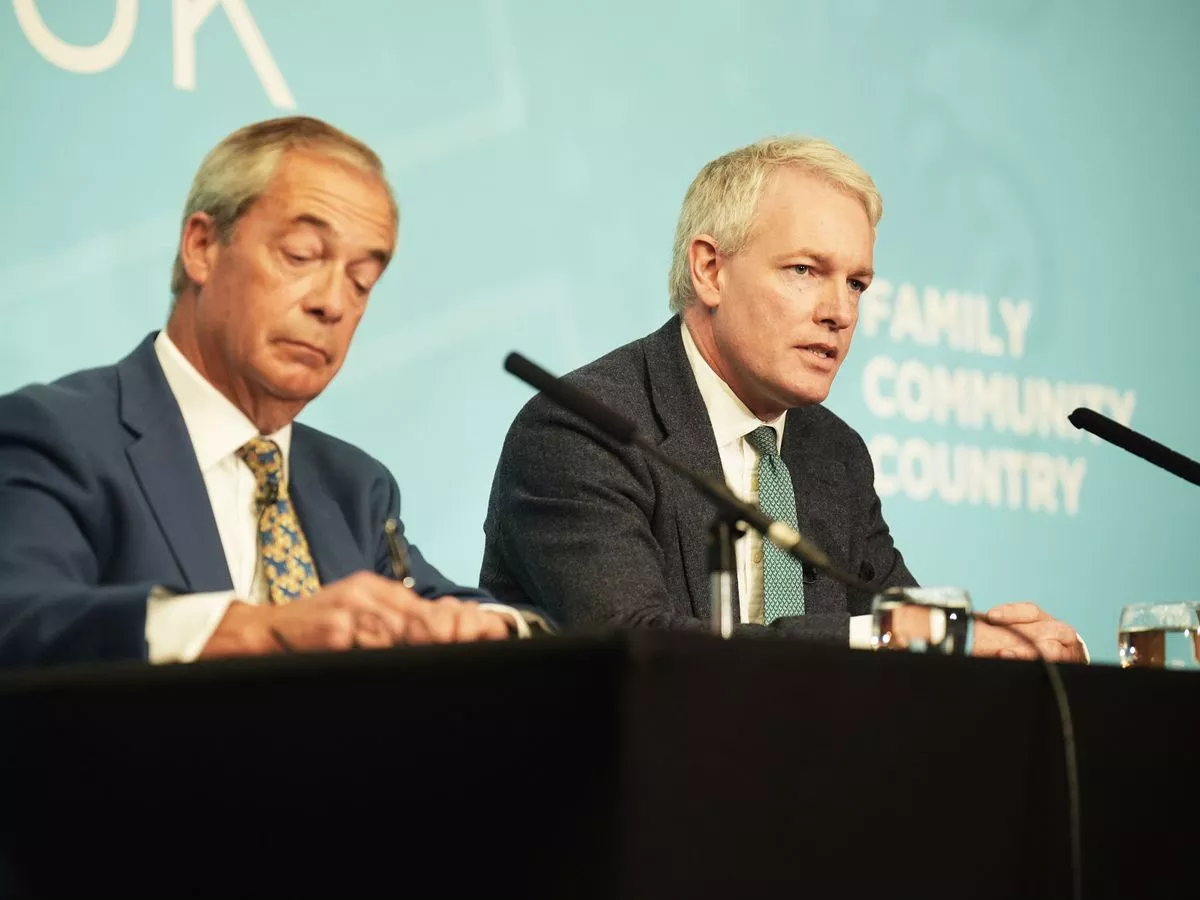Eli Lilly aims to bring more manufacturing home – plus, the good and bad among our industrials

Every weekday, the CNBC Investing Club with Jim Cramer releases the Homestretch — an actionable afternoon update, just in time for the last hour of trading on Wall Street. Market moves : Stocks were relatively muted following record closes for the S & P 500 and Nasdaq on Monday. Investors are mostly sitting on their hands ahead of Wednesday’s Federal Reserve interest rate decision. The central bank’s policymaking committee is expected to cut interest rates by 25 basis points. That’s priced into the market, although there is still a low single-digit probability of a 50 basis point rate cut, according to the CME FedWatch tool. While investors want to see rates decrease in hopes of unlocking the frozen housing industry and manufacturing sector, a 50-basis-point cut could spook Wall Street because it would signal the economy is in worse shape than what the markets currently believe. At the same time, rate cuts are expected at every Fed meeting through January 2026. What Fed Chairman Jerome Powell has to say about the rate path could move markets, too. U.S. manufacturing : Eli Lilly announced on Tuesday plans to build a $5 billion plant near Richmond, Virginia. The announcement comes as President Donald Trump has threatened significant tariffs against the pharmaceutical industry, which relies on imports from Europe. Lilly has been one of the more aggressive pharma companies when it comes to reshoring plans. The company said in February it was doubling its investment in U.S. manufacturing to over $50 billion since 2020 by building four new pharmaceutical sites. The new facility marks the first of the four, and it’s one of three that will focus on manufacturing so-called active pharmaceutical ingredients and drug products used in targeted cancer and autoimmune drugs. Eli Lilly currently does not have a plant that makes these products, and CEO David Ricks told CNBC’s Angelical Peebles that this facility will allow the company to move some of its production from third parties and “other nodes in our network, mostly from Europe,” to the new site. Conference comments : The industrials were mostly lower on Tuesday, and part of the reason could be in response to Emerson Electric ‘s downbeat comments at a JPMorgan conference. CEO Lal Karsanbhai described the current environment as one that is split by geographies and verticals. Karsanbahi noted that this has been a year in which the areas of strength got stronger as the year progressed, while some of the areas of weakness weakened. He placed the United States in the stronger category. But the company had expected to see growth in China and Europe this year. Instead, both regions have turned negative. As a result, Emerson sees revenue and orders in the fourth quarter of its fiscal year, which ends in September, at the lower end of their guidance. Despite weaker sales, management credited execution as the reason why earnings will be at the upper end of its guide. Emerson also cited strength in its power, liquefied natural gas, and life sciences end markets, some improvement — but not strength — in factory automation, and weakness in bulk chemicals and automotive. It’s been a year of haves and have-nots for the industrials, with companies heavily tied to data center construction, electrification, power generation, and aerospace largely outperforming the rest of the sector. These themes have carried the sector, and we’ve seen this play out in the portfolio through our gains in Eaton and GE Vernova , disappointment with the stock performance of Dover despite the company’s double-digit earnings growth, and stocks stuck in spin-purgatory: Honeywell and DuPont . We’re still banking on the market coming to realize the value of the latter three, and an upbeat presentation by DuPont management at its investor day on Thursday could be the start for that one. Up next: There are no major earnings reports after the closing bell on Tuesday. General Mills reports before the opening bell on Wednesday. On the data side, we’ll see weekly mortgage applications, and monthly housing starts and building permits. The main event of the day will be the conclusion of the Fed’s two-day policy meeting and its highly anticipated interest rate decision. The policy decision is at 2 p.m. ET, and Powell’s press conference begins 30 minutes later. (See here for a full list of the stocks in Jim Cramer’s Charitable Trust.) As a subscriber to the CNBC Investing Club with Jim Cramer, you will receive a trade alert before Jim makes a trade. Jim waits 45 minutes after sending a trade alert before buying or selling a stock in his charitable trust’s portfolio. If Jim has talked about a stock on CNBC TV, he waits 72 hours after issuing the trade alert before executing the trade. THE ABOVE INVESTING CLUB INFORMATION IS SUBJECT TO OUR TERMS AND CONDITIONS AND PRIVACY POLICY , TOGETHER WITH OUR DISCLAIMER . NO FIDUCIARY OBLIGATION OR DUTY EXISTS, OR IS CREATED, BY VIRTUE OF YOUR RECEIPT OF ANY INFORMATION PROVIDED IN CONNECTION WITH THE INVESTING CLUB. NO SPECIFIC OUTCOME OR PROFIT IS GUARANTEED.



